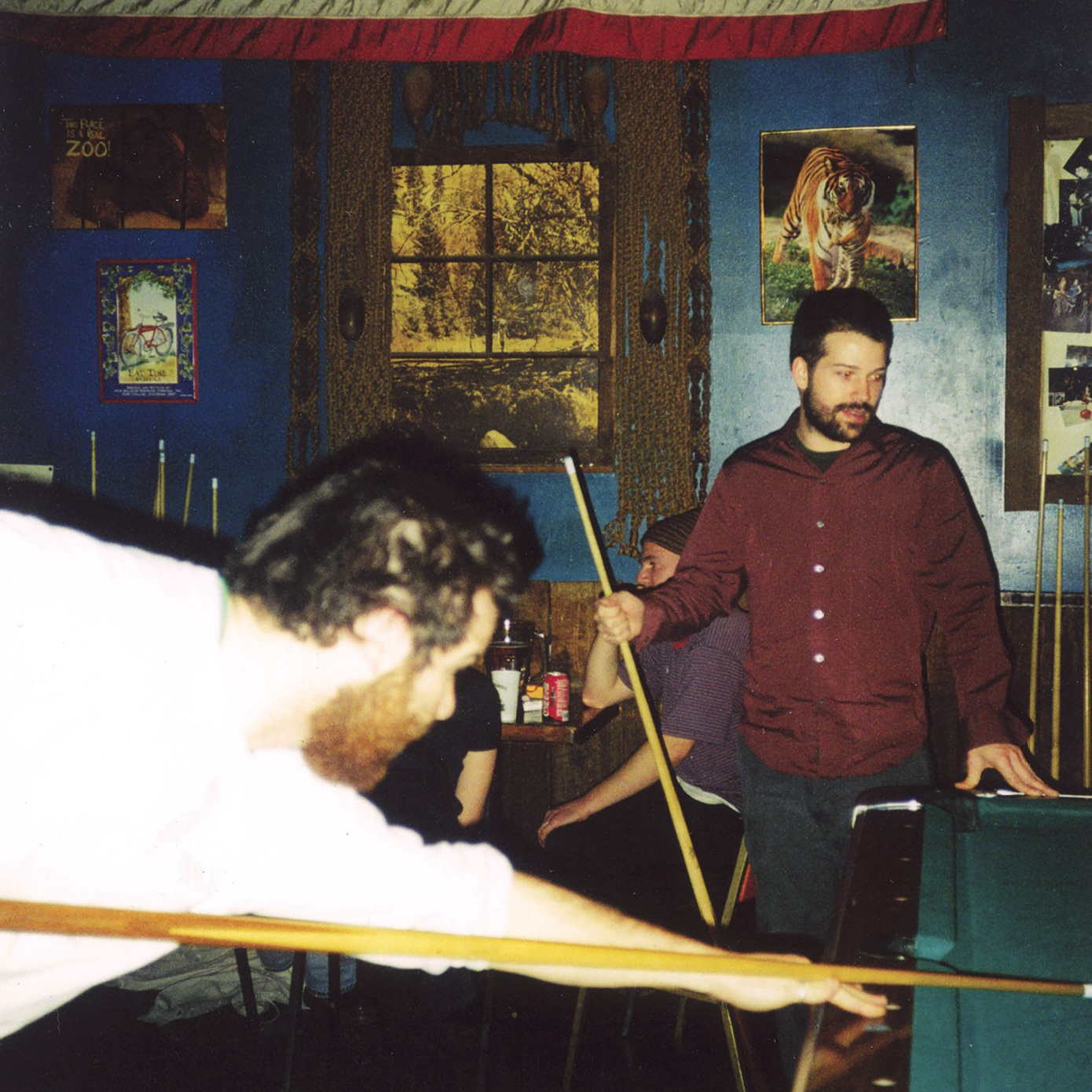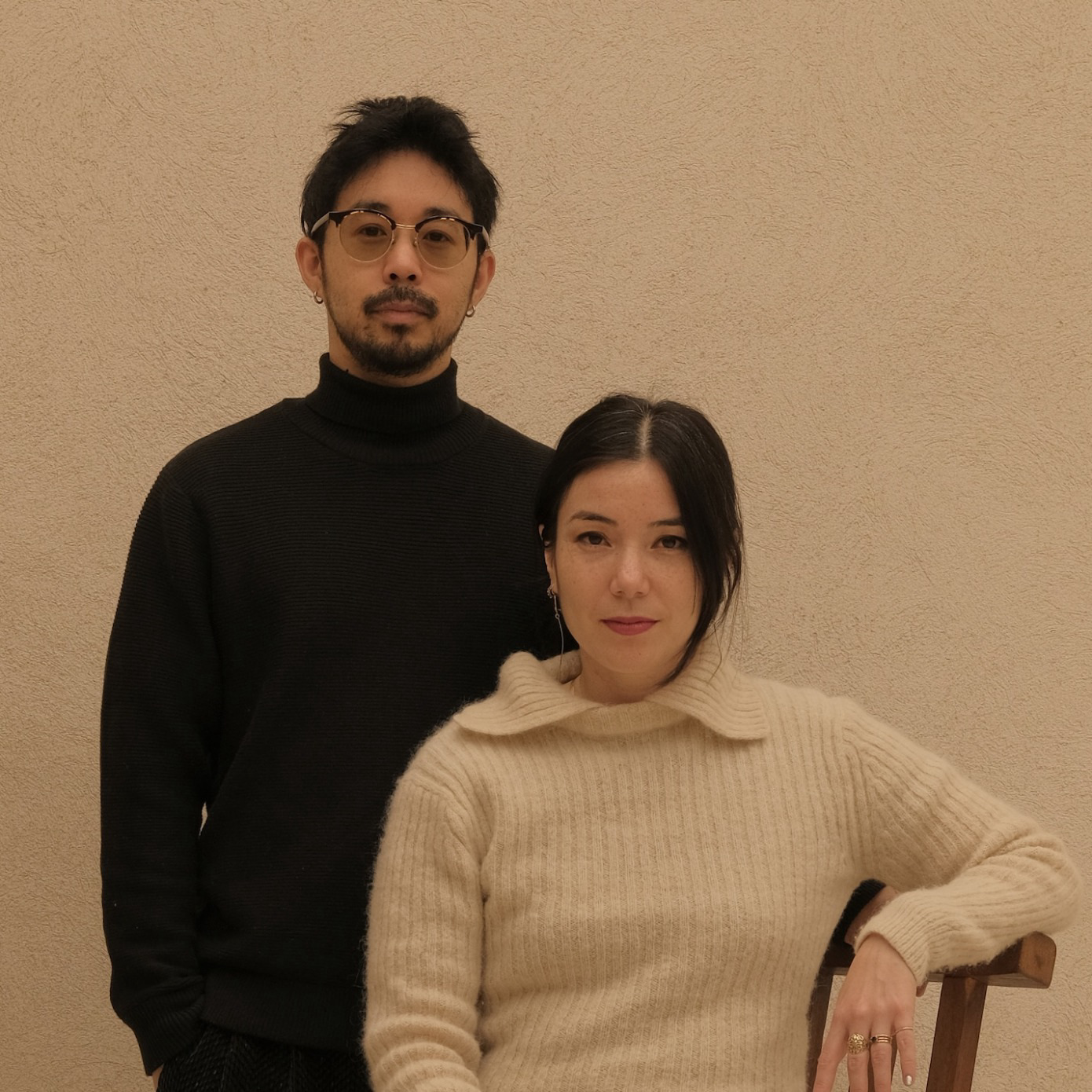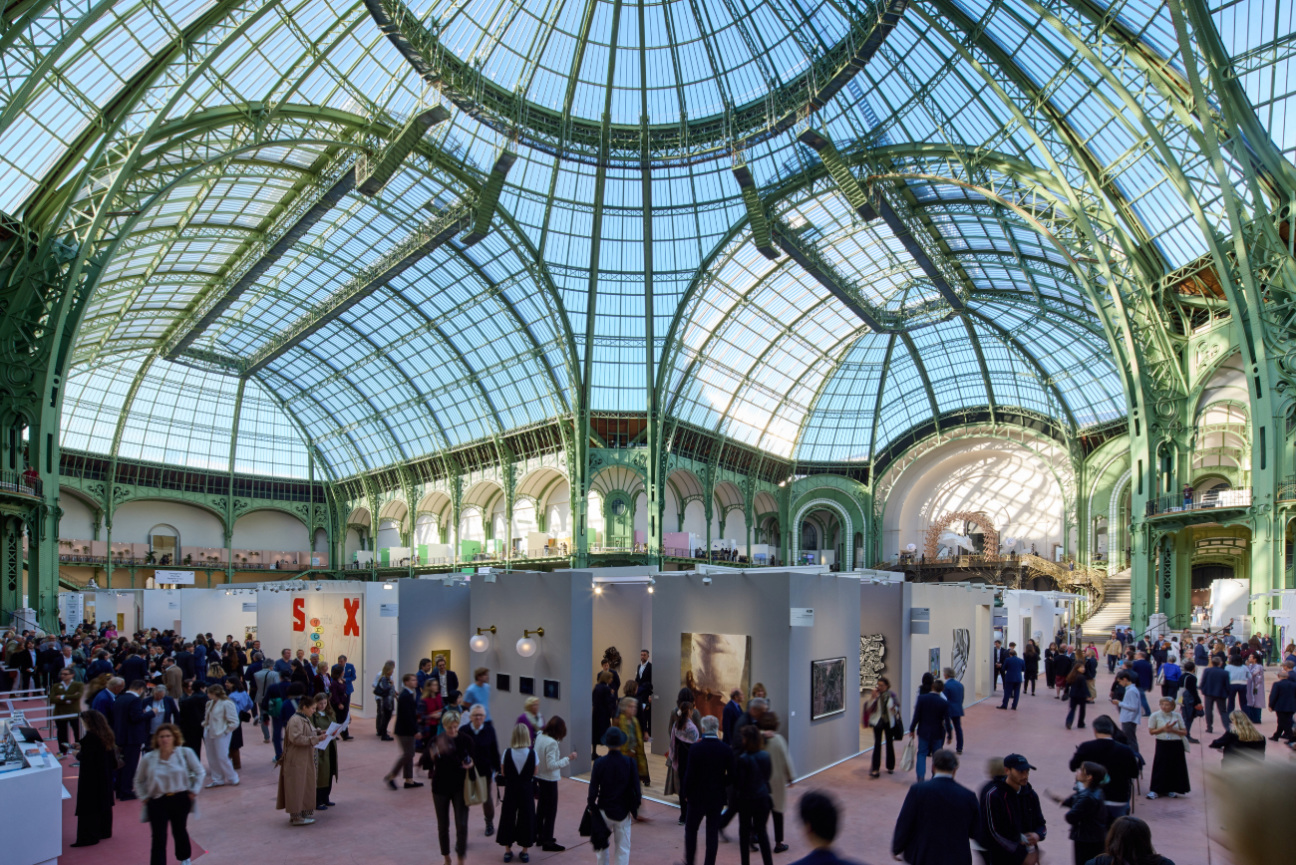
The stars aligned and sunlight flooded Paris yesterday morning as Art Basel unveiled its inaugural edition held at the entirely renovated Grand Palais—the fair’s third since launching in 2022, hosting 195 galleries from over 40 countries this year. It was an exhilarant, shimmering VIP preview that left even the most seasoned collectors awed by art once again.
With a contentious U.S. election 19 days away, the Middle East and Europe mired in war, and a general market malaise, Art Basel Paris debuted its new incarnation at an inflection point for exhibitors and art advisors, who arrived to the French capital with a dose of trepidation. But, hours into its opening, the fair had already cemented its place as the event of the annual art calendar, by numerous accounts dethroning the crème de la crème of fairs, Art Basel, the franchise namesake held every June.
“I think there’s an element of escapism—Paris is such a fantasy,” said Wendy Olsoff, co-founder of PPOW, a Tribeca gallery in its fourth decade. “My feeling is that people are very nervous about the election, but the economy is not hinged on the election. It’s the morality. It’s the fear that’s causing the stress, so buying in here right now, in this amazing space, in this amazing city feels buoyant.” According to Osloff, the doom and gloom of the art world is overrated. “There’s still a lot of money being spent and the stock market is strong,” she explained.

For West Coast dealers, Art Basel Paris offers a gateway to important European buyers they might not otherwise reach. “It’s incredibly important for us to have a presence in Europe,” said Jessica Silverman, who founded her eponymous San Francisco gallery in 2008 and attended FIAC (Foire Internationale d'Art Contemporain) for nine years, before Art Basel’s ascension in the French capital. “The vibe I’ve been hearing since I was in Basel [Switzerland] was, ‘Oh, I didn’t come to this fair or that because I’m coming to Paris.’ There’s been a build up to Art Basel Paris that I haven’t felt for a fair in a long time,” she admitted.
In the fair's opening hours, Silverman placed two nipple-cast paintings by Loie Hollowell, on the heels of the artist’s landmark survey at the Aldrich Contemporary Art Museum, curated by Amy Smith-Stewart (now on view at Virginia Commonwealth University). Around the clock in flesh red and purple, 2024, and Around the clock in flesh yellow and orange, 2024, sold for $170,000 each. “If you’re considering Paris, London, or Basel, 90 percent of the people would prioritize Paris. There’s no fair venue as beautiful as the Grand Palais, and we all needed a bit of distraction. We all also need to keep our eyes on the prize about what happens during the elections. But that doesn’t mean we shouldn’t find joy in things that give us pleasure.”
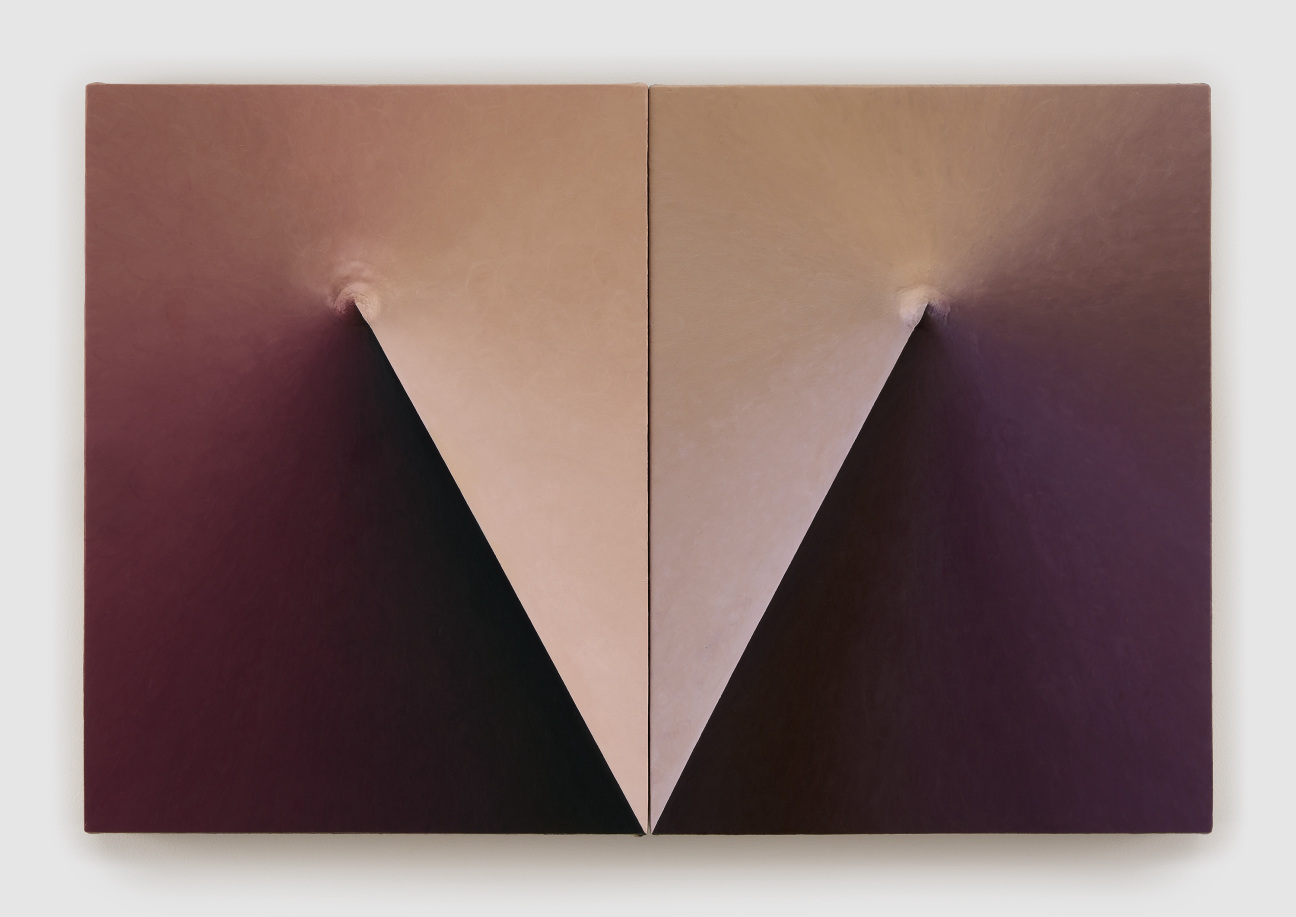
“The feeling of apprehension over the last year seems to have evaporated. There has been a genuine air of excitement leading up to Paris, coming off of London that did better than expected, though maybe not what it used to be,” said Sarah Stein-Sapir, the Manhattan-based art advisor known for her elite clientele on New York’s 57th street (colloquially, “billionaire’s row”), along with A-list developers and interior designers. “A lot of the works clients are interested in aren’t super obvious. They are artists and works I haven’t seen in a while at a fair. I get the sense, Paris is where it’s at now.”
Paris’s status as a hub for international collectors and contemporary art has been years of geopolitics in the making. “Brexit is definitely an explaining factor. Brexit challenged the position of London as the European future capital, but it also allowed the rise of the second city in Europe,” said Art Basel Paris Director Clément Delépine in an interview last week. “Although, it doesn’t suffice to summarize the change in Paris, which happened organically through the efforts of private foundations and public art institutions.” Culturally, he added, “France is a country that’s changing. Paris is less hostile than it used to be, and much more welcoming.”
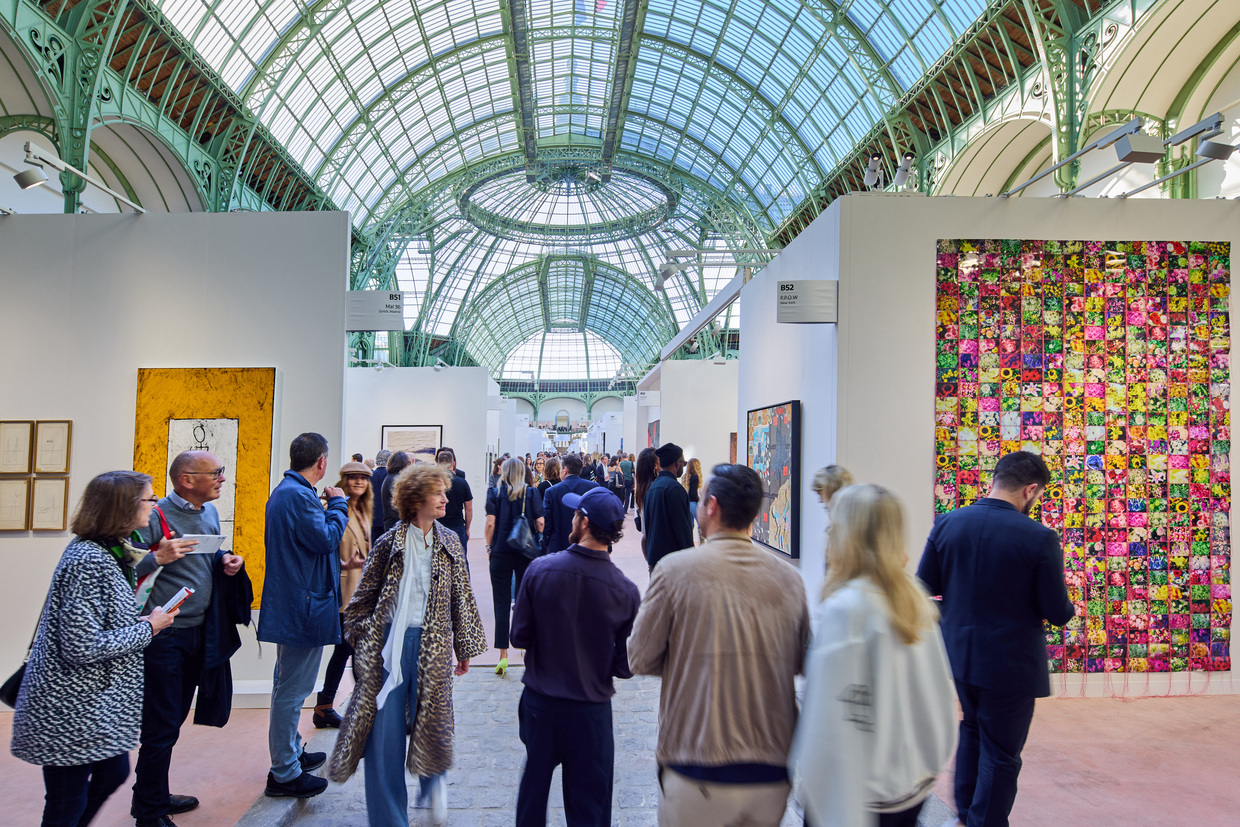
“There is a kinetic vibe, starting with the natural light at the Grand Palais which is a totally new way to experience a fair,” said Michi Jigarjian, founder and CEO of Work of Art Holdings, a global art and cultural firm based in New York. Jigarjian is the force behind the Rockaway Hotel, a social impact investment project that has revitalized the Rockaway Beach Community through public art and community engagement. “It doesn’t feel like just another event,” she continued. “It’s this moment where you really feel how art is part of the city’s pulse.”
In the first minutes of the fair, Jigarjian purchased the painting Seek and Destroy, 2024, by Calida Rawles for the Rockaway Hotel’s art collection. Known for intoxicating portraits of Black subjects submerged in ambient pool water, Rawles’s site-specific exhibition at the Pérez Art Museum in Miami, on view through Art Basel Miami Beach, pays homage to Overtown, a historic Black neighborhood upended by gentrification. “I was immediately drawn to it, not only for its intricate detail and composition, but more for how it resonates with our work in Rockaway Beach,” Jigarjian described her experience at New York gallery Lehmann Maupin’s booth during the preview. “We launched Rising Tide, a pilot program to teach kids swim safety. As the only operating pool in the area, the program has taught over 400 kids how to swim.”
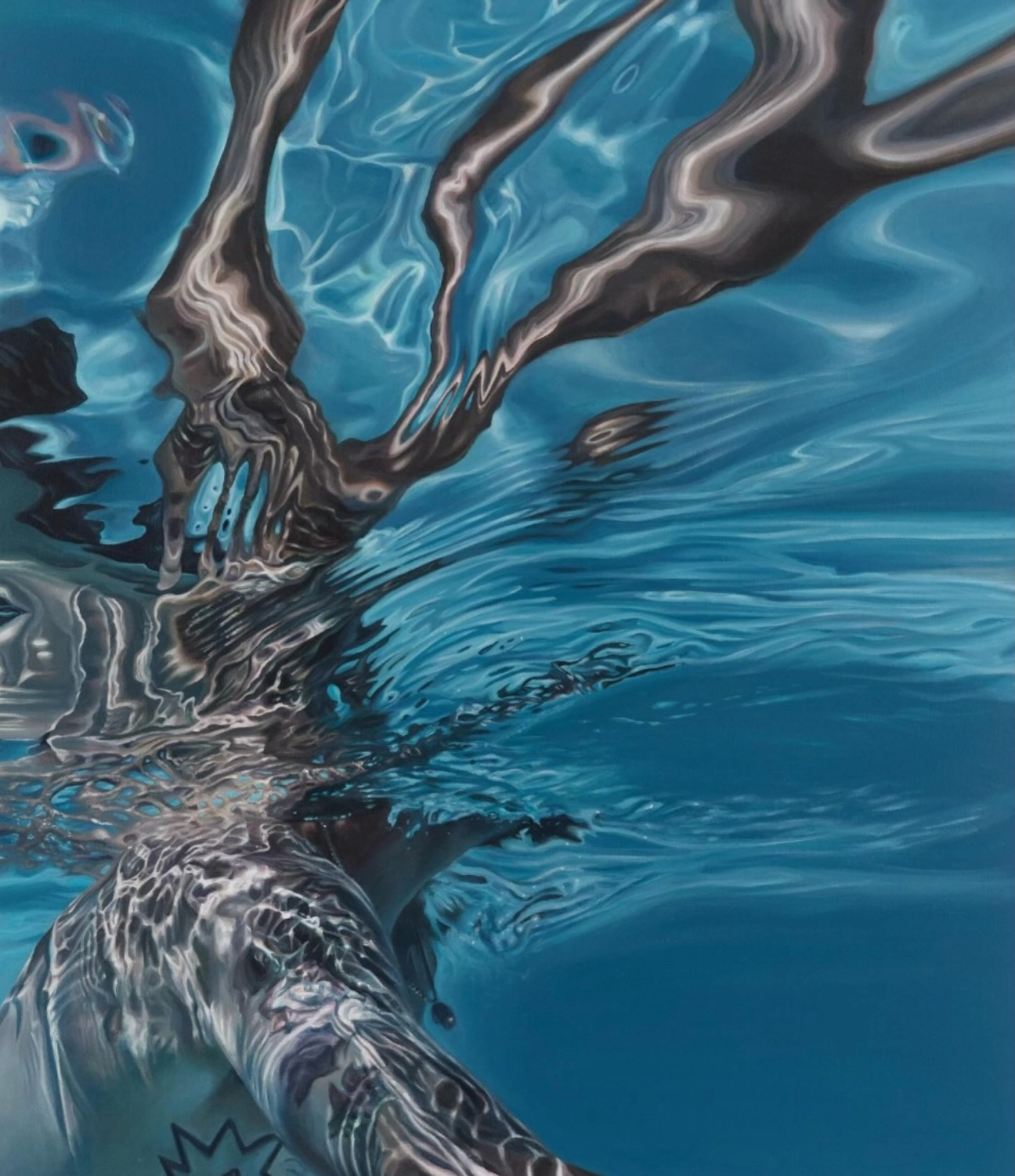
This palpable effervescence can’t mask the feeling that the art world isn't running full tilt, however. From the Grand Palais, Los Angeles gallery founder François Ghebaly expressed a steady voice of optimism and a market truism that placement can be kismet, sharing notable sales, such as painter Sayre Gomez’s Reef at Dusk, 2024, and EJ’s Hill’s neon work Love Song, 2024. “It’s still sobering,” Ghebaly said. “There are not crazy long wait lists anymore, but the right people are finding the right work.”


